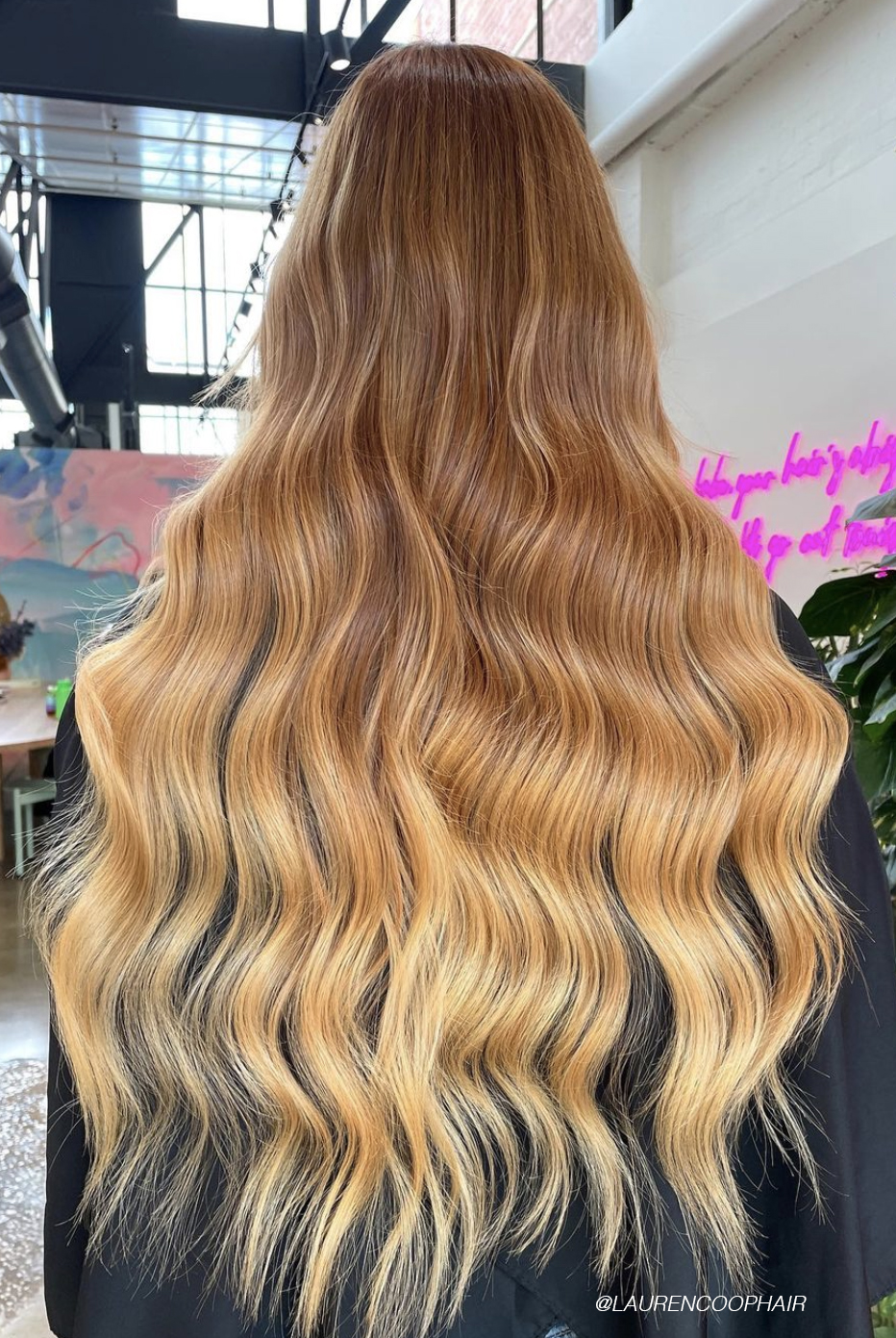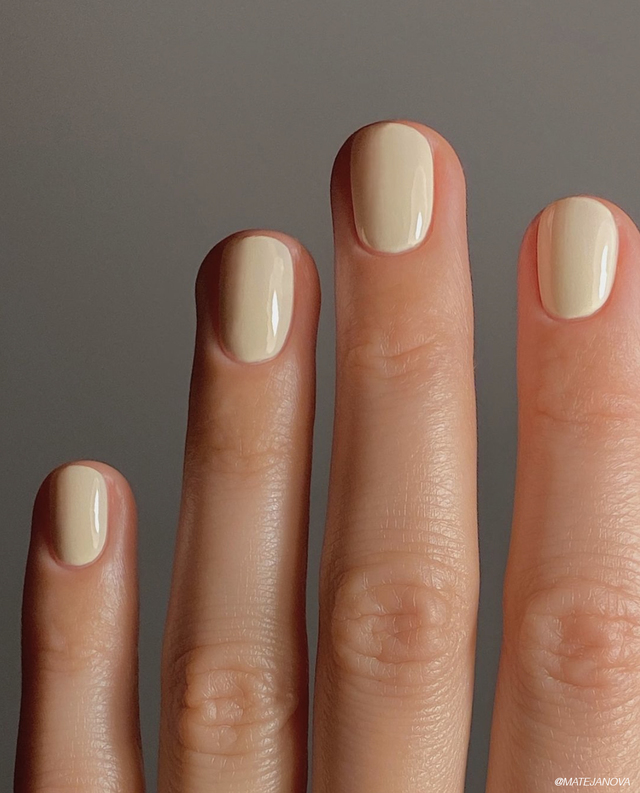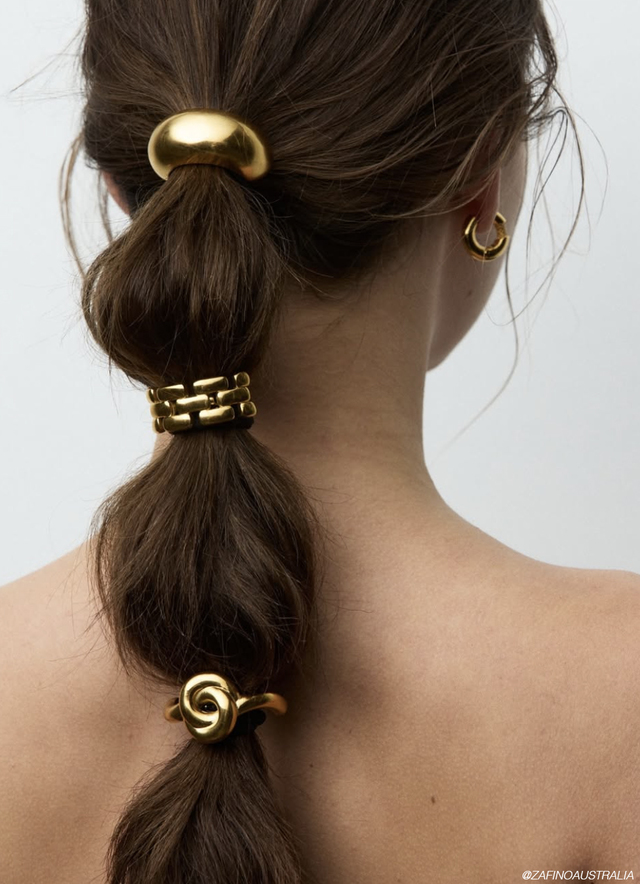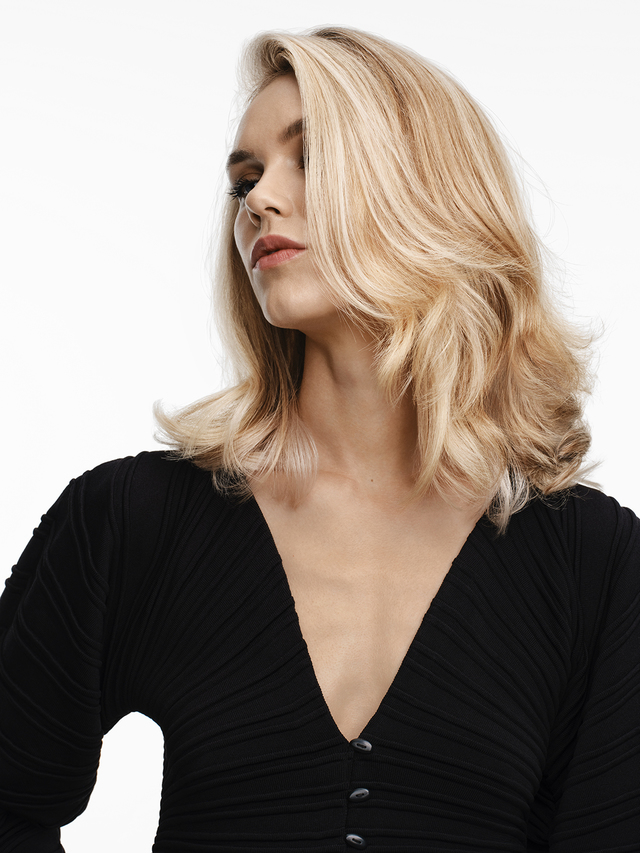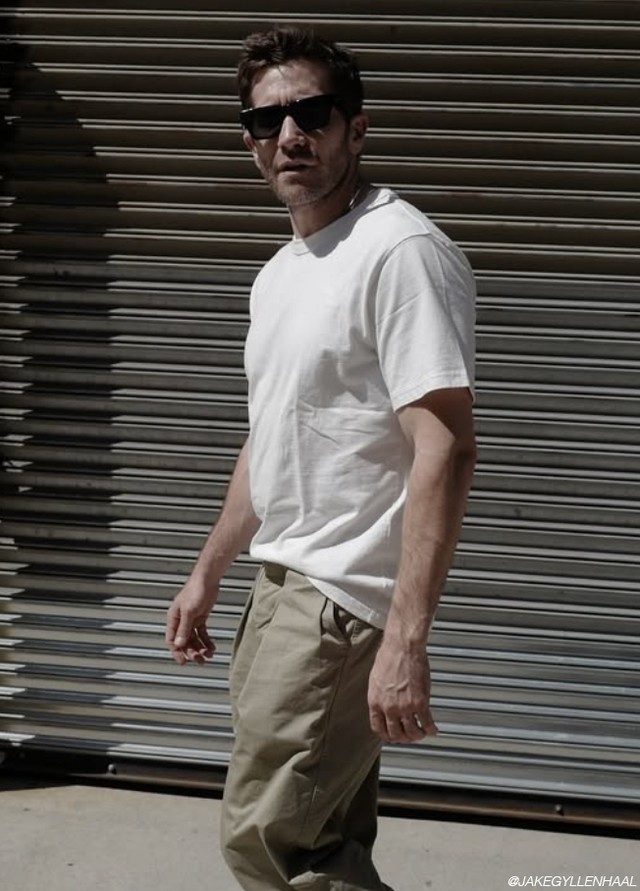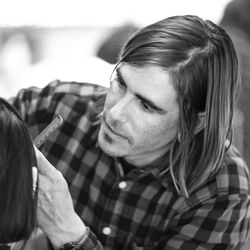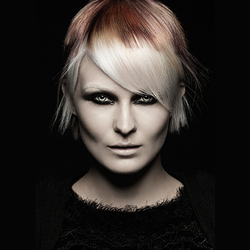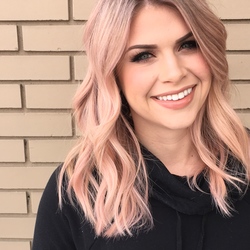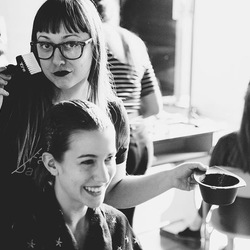Clients come to a hair salon for results they can’t achieve at home, that little something extra that comes with a knowledge of color theory and chemistry. Whether it be a single process color or a head full of highlights consistent results are key to maintaining a consistent clientele. Read on for our top three tips for foolproof results on any canvas.
1. Get a detailed hair history from each client
For every approximate 6 inches of hair, a client should have at least a year of hair history and while their chemical history is the most important, finding out their daily habits are crucial as well. How often a client heat styles their hair, the products they use at home, and their beauty budget for maintenance should all be considered when planning out your hair color plan. Certain hair history factors can play a large role in unwanted banding. We all know about the challenges of going from dark box-colored hair to blonde, but even dark on dark can create banding when working with a new color line on the regrowth, or overlapping a box color with the intent to ‘refresh’ some ends. Hair that has been excessively heat-styled can be more porous and lead to inconsistent results.
2. When in doubt, strand test
When blonding a new client always consider doing a test strand first. Test strands never lie and will quickly expose a client’s hair history. With your test strand results, you can now formulate based on each zones needs. Remember though, test strands aren’t just for bleaching! Another type of test strand is a porosity test. Brush the client’s hair and take a stand with you to a beaker, soak the strand in water for a few moments. If the strand floats you have healthy non-porous hair, if it sinks to the bottom you have thirsty porous hair that will likely lighten faster (with a risk of damage) but also grab color darker and faster. Some strands will be most porous on the ends and less at the scalp area. Porosity equalizers help level your playing field for a more even color application.
3. Know your color line
Not all color lines are cut from the same cloth, while one line may have stronger pigments that are more opaque another maybe more translucent. Some color lines run warm while others are neutral and still others cool. Ammonia levels also differ from one color line to the next and even within the same color line. Just because the client was a level 4N with their previous stylist, it doesn't mean they'll be a level 4N in your color line. Always consult your swatch guides and the directions on your individual lines of color. When in doubt invite your client in for a test strand this way you can make sure your formulation matches their existing canvas.
A few extra tips:
- When working on grey coverage or any darker tint, emulsify the color with a small about of shampoo and water even if you plan on toning, this can help break up any lines of demarcation.
- Pull your foils out at your station or bowl and guide the excess lighter over your ends for a minute or two, this will help pop your existing blonde and lessen the chance for a line between the old and new blonde.
- For all-over color applications who do not want to invest in a porosity treatment mist porous ends with water or a leave-in conditioner before applying color.
